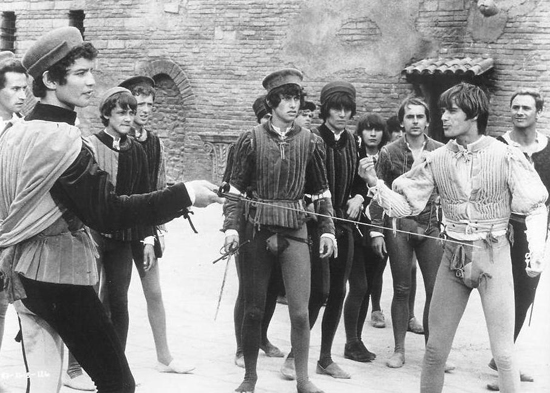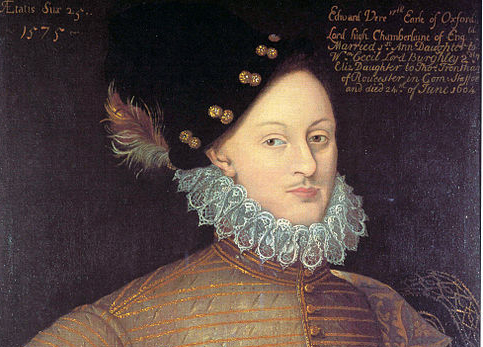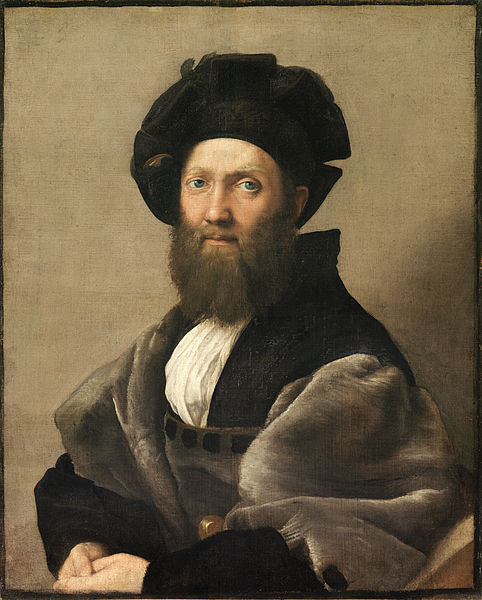The Code Duello and Shakespeare's London

Elizabethan England owed some of its newfound civilized behavior to Italian (and a few Spanish) fencing instructors. In Italy and Spain, nobles already had the right to carry weapons, and this had fostered a sense of responsibility and a sense of honor. They no longer had to settle scores by sending out armed gangs.
In London, fencing schools sprang up, notably at Blackfriars, and there were dueling manuals available on the correct use of rapiers and daggers. The most famous instructor may have been Vincentio Saviolo, who arrived in London in 1590 from Padua.

Shown above is a still from Franco Zeffirelli's Romeo and Juliet (1968), with Tybalt on the left, Romeo on the right.
Did Edward de Vere, the Earl of Oxford (shown below), write Shakespeare’s plays? We could say that at least he appreciated the importance of dueling, which is more than we can say for Shakespeare. Oxford fought a duel in 1582 with his wife’s uncle and, although it was more of a street brawl, Oxford was wounded and one of his men killed. It is also possible his wife's uncle was injured. We don't know, but the ensuing conflict somewhat resembled the feud between the Montagues and the Capulets. Ben Jonson also fought a duel, in 1598, when he killed another actor, Gabriel Spencer.

This newfound sense of honor and etiquette derived partly from the influential The Book of the Courtier (Il Cortegiano), which was published in Venice in 1528 and subsequently all across Europe. The 1561 English translation influenced Shakespeare and his contemporaries. The book was written by the Italian diplomat and soldier, Baldassare Castiglione, who was connected to the Gonzaga court in Mantua and the court in Urbino. He died of the plague in Toledo in 1529.
He is shown below in the famous portrait of him from 1514-15, attributed to Raphael. In its day, this innovative painting seems to have impressed Titian, Rubens, Rembrandt and many others - the direct but non-challenging look back at the viewer, the slight smile, the vulnerability, and so on.

